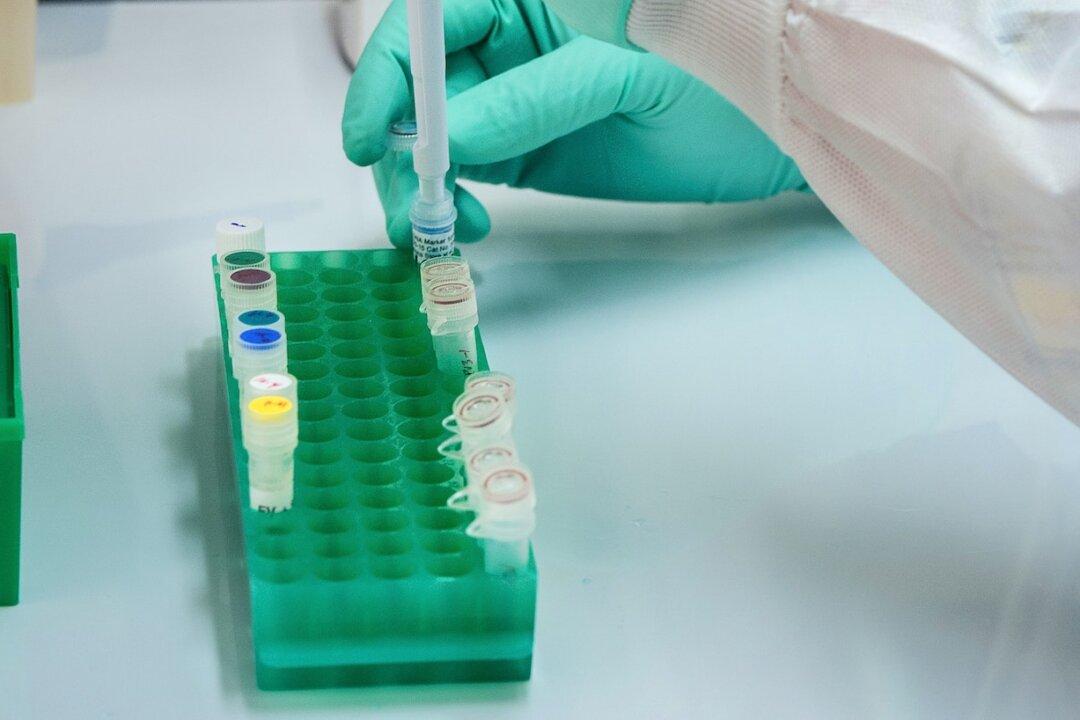The World Health Organization (WHO) and the Centers for Disease Control and Prevention (CDC) are investigating reported cases of severe hepatitis—liver inflammation—in children in Alabama and the United Kingdom.
The Alabama Department of Public Health announced on April 15 that it has been investigating “an increase in hepatitis in young children” since November 2021.




